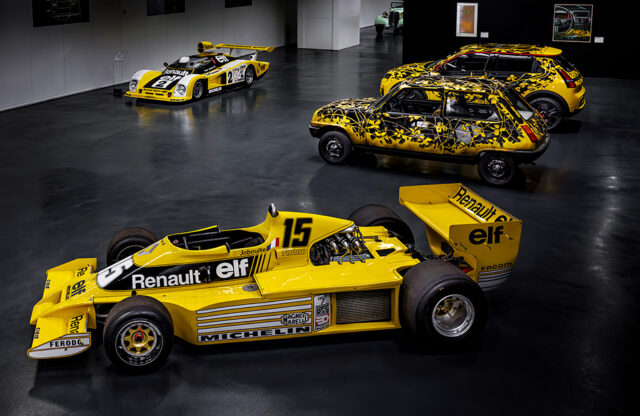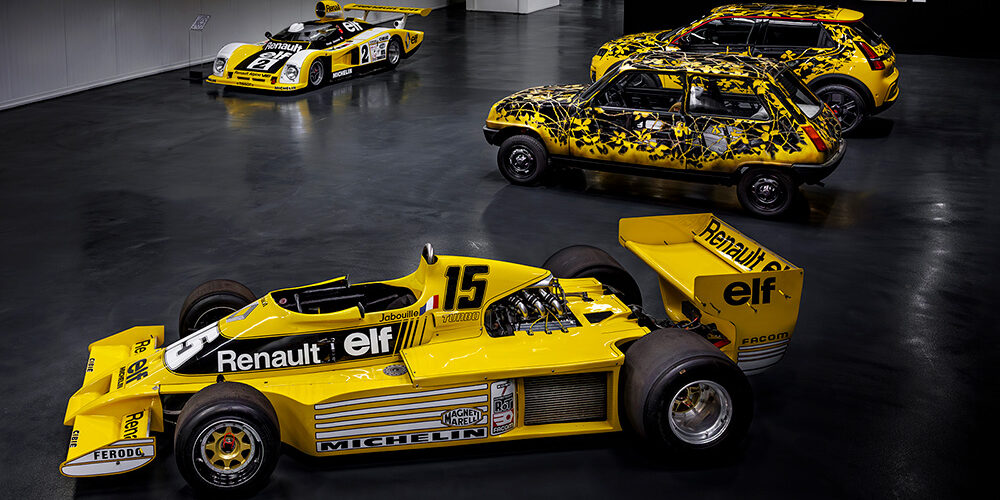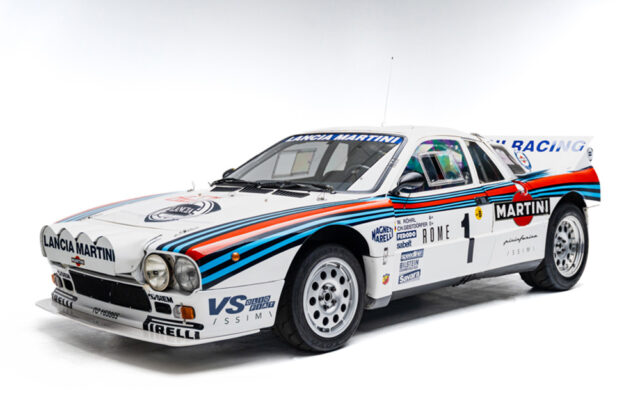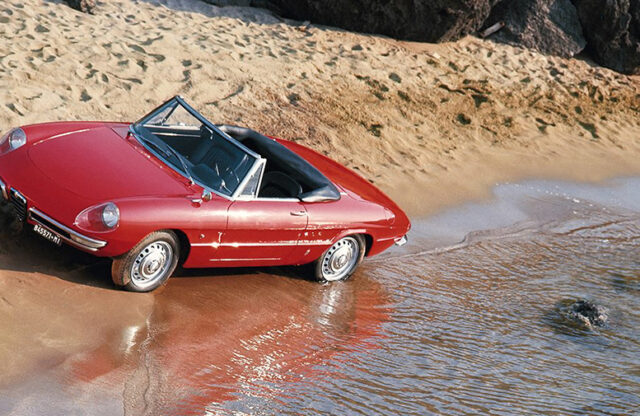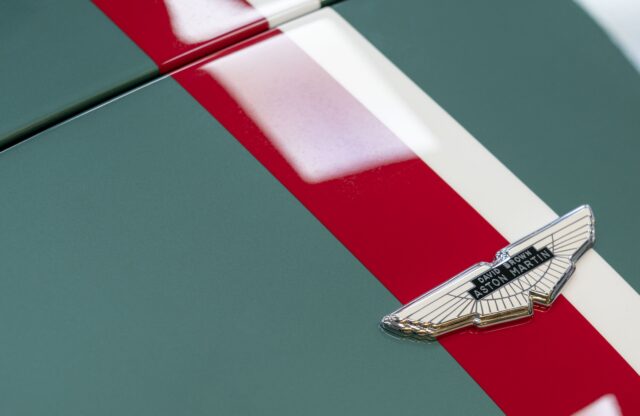Renault has announced plans for a striking new public heritage centre on the outskirts of Paris, designed to celebrate the French manufacturer’s 125-year history in a manner befitting its status as one of the world’s most inventive carmakers.
Due to open in 2027, the as-yet-unnamed venue will be located at Flins, 40km west of the capital, on the site of the former production plant that built millions of Renaults from 1952 onwards, including the Dauphine, R5, Clio and ZOE.
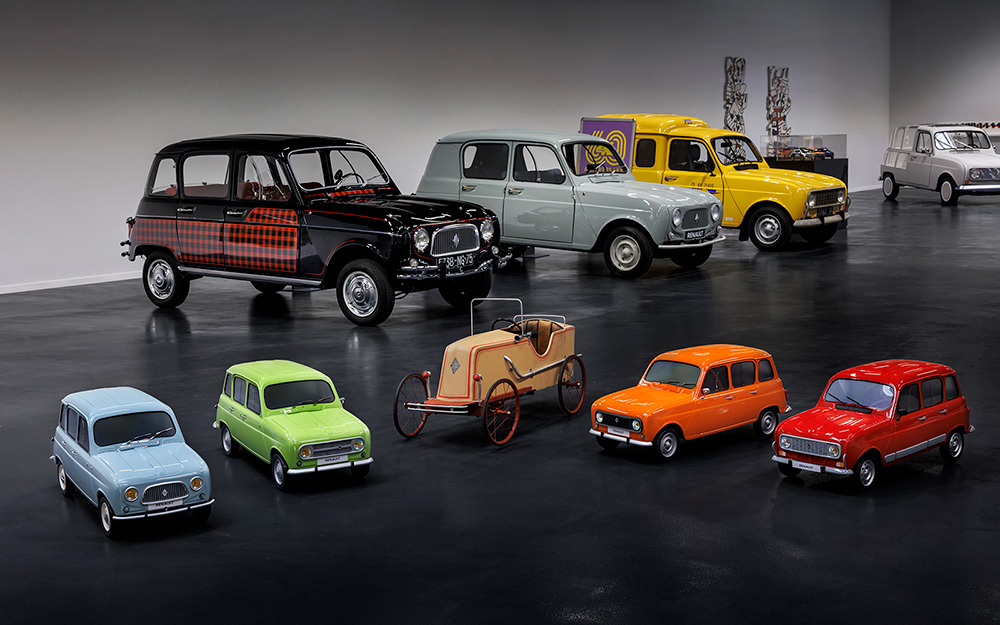
The project is ambitious in scope. More than 650 vehicles from the company’s historically significant and often under-seen collection will be housed within a purpose-built structure, designed by Jacob Celnikier. The angular façade will offer tantalising glimpses of what lies inside – including a soaring multi-tiered display wall with cars mounted five high and up to 15 rows wide. A separate annex will house larger or more unusual exhibits, including the company’s wartime tank and historic aircraft.
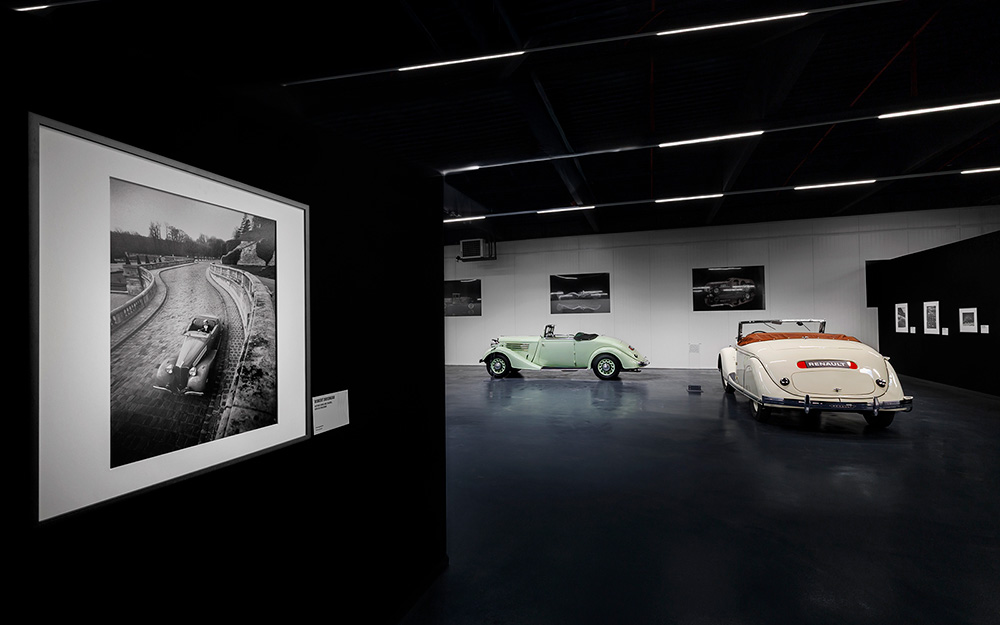
For a brand that has long been guarded about the treasures in its collection, the announcement signals a marked change in approach. Renault has yet to confirm a formal name for the venue, but is keen to avoid the word ‘museum’. As one senior figure put it: “That term can imply something fixed in time. We want this place to feel alive – somewhere immersive, evolving and forward-thinking.”
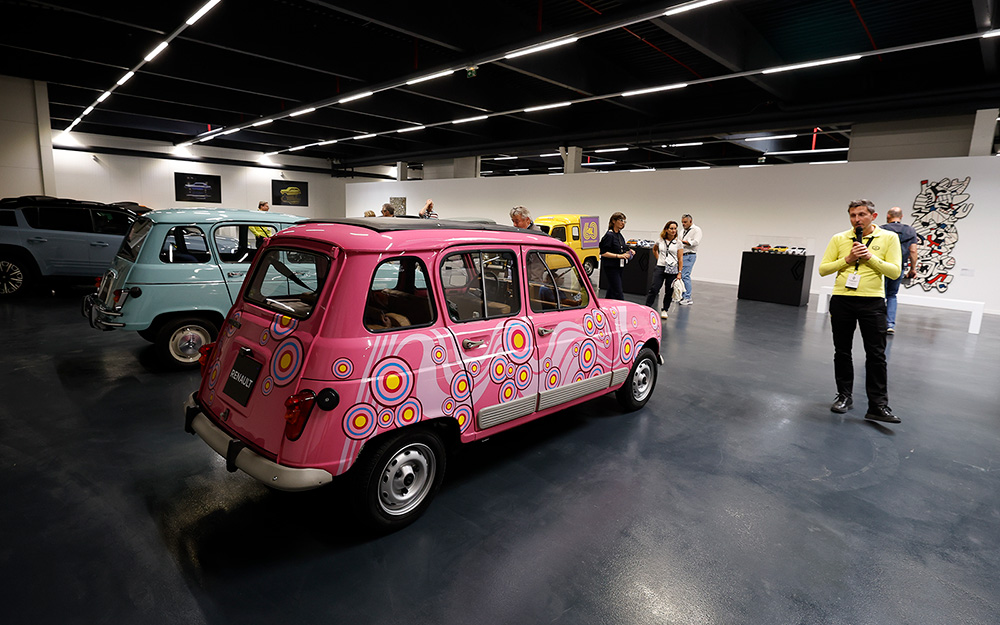
The facility is part of the wider Flins Refactory – a site that Renault has reimagined as a hub for circular economy and innovation – but the heritage venue will stand apart as a cultural landmark. Beyond the main exhibition hall, it will include restoration workshops, climate-controlled storage, office space and areas for public events. Renault says the centre will operate as a family-friendly visitor destination, with entry kept affordable and a projected minimum of 15,000 visitors annually.
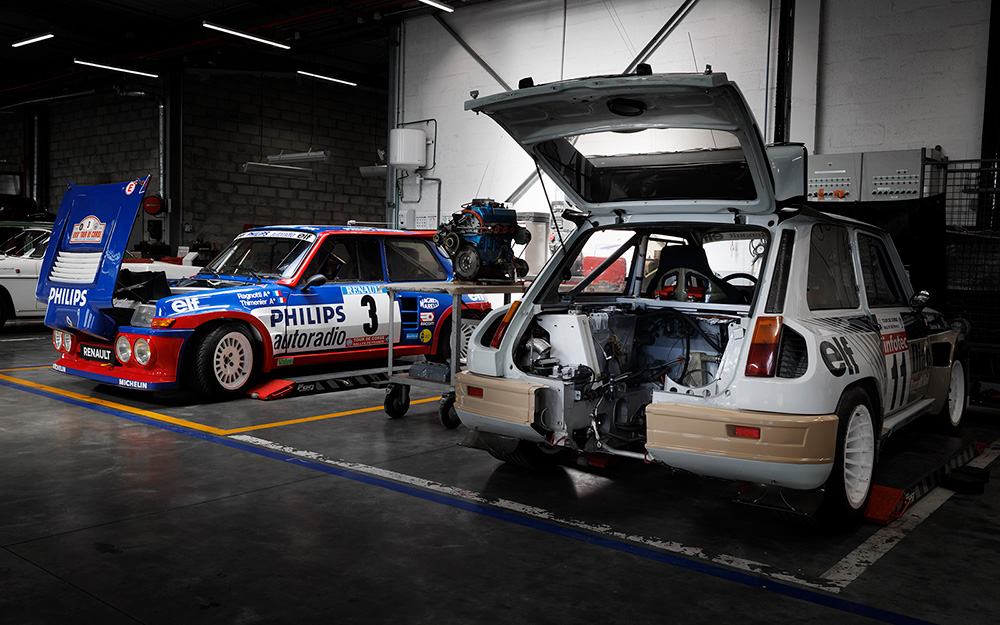
Around 57 percent of the vehicles in Renault’s heritage fleet are currently in running order. Six full-time technicians are employed to maintain the cars, and the brand has confirmed plans to invest in training to preserve the specialist skills required to keep them roadworthy. The company does not currently plan to offer customer restoration services at the site, although this remains under consideration.

While the collection is perhaps best known for icons such as the 4CV, R5 Turbo, R16, Avantime and 5 Maxi Turbo, it spans much more. From early voiturettes and record-breakers to F1 cars, Le Mans entries and modern concept machinery, it tells a story that mirrors France’s industrial, social and cultural evolution. As CEO Fabrice Cambolive puts it: “Renault is part of a universal popular culture. We want this new venue to reconnect the public with that shared heritage.”
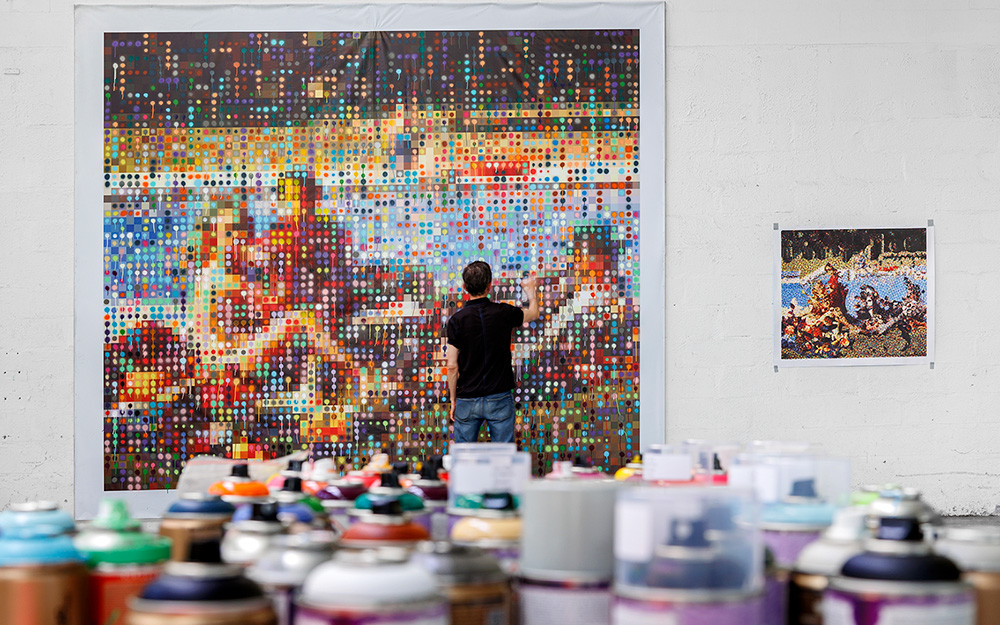
Another component of the project is the integration of Renault’s substantial art collection, which includes over 600 works ranging from Robert Doisneau photographs and Vasarely’s op-art to New Realist and contemporary street pieces. The centre will also work closely with the newly formed Renault Fund for Art and Culture, which will help to ensure that the company’s patronage of artists continues, with an emphasis on contemporary and urban work.
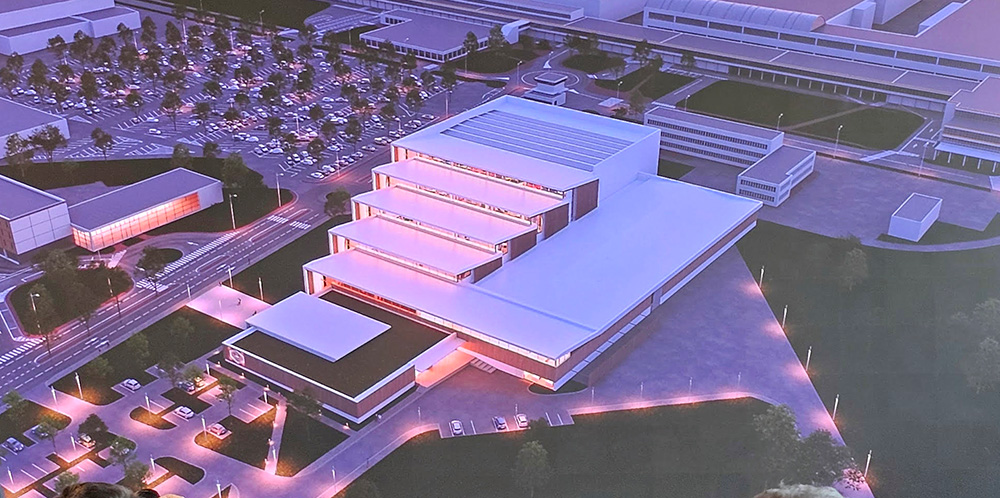
A creative residency – the Art Factory – has already been established on-site in Flins. Housed in the old paint shop, the 3200m² space is being used by artists to reinterpret industrial materials in new ways. Some of the resulting works will become part of the permanent heritage displays.
Although no figure has yet been disclosed for the overall investment, the visual renderings and scope suggest this will be a significant architectural and curatorial undertaking.
For more information, head here.
